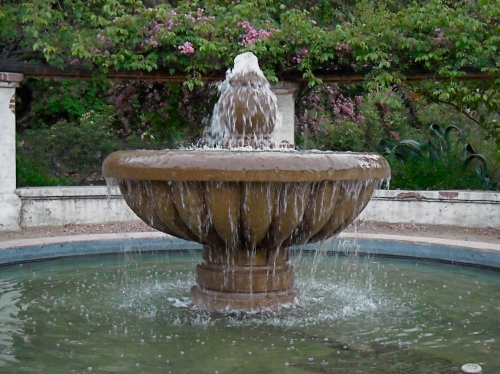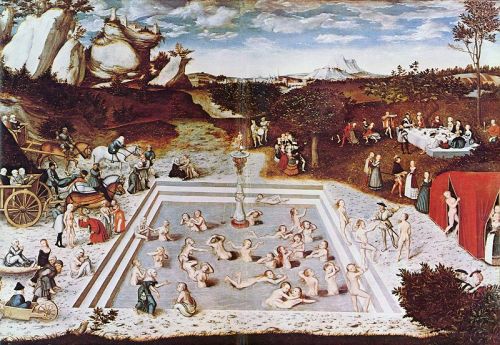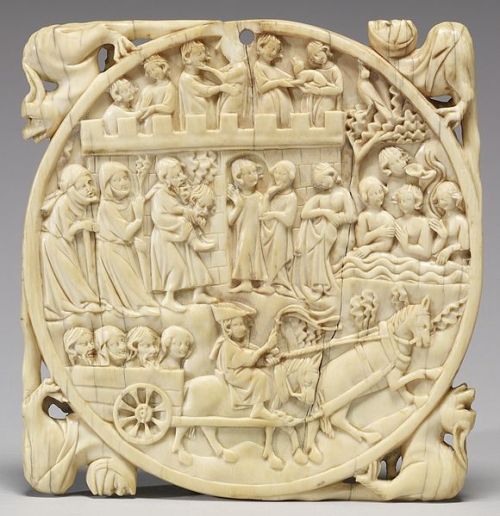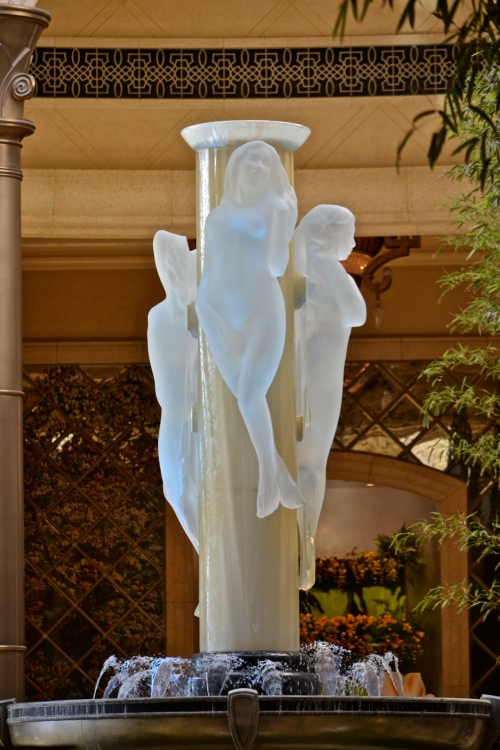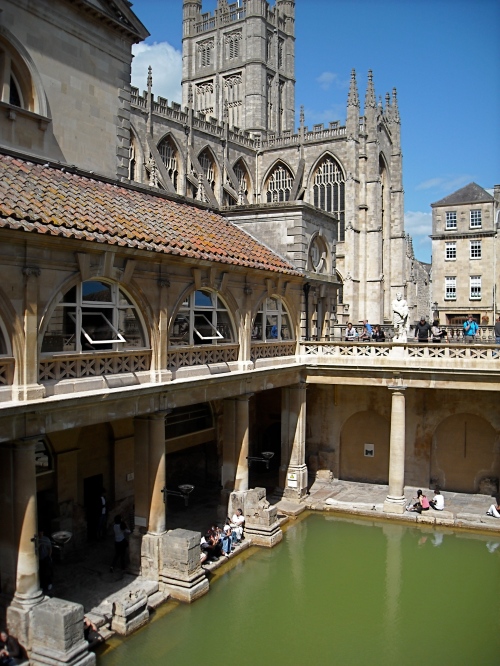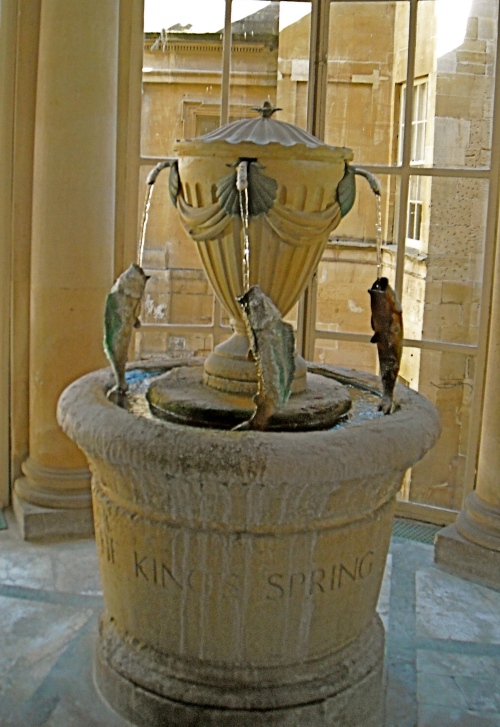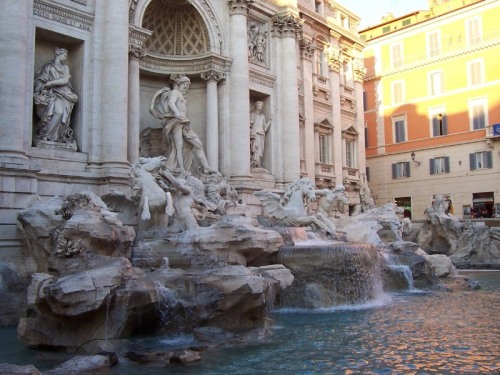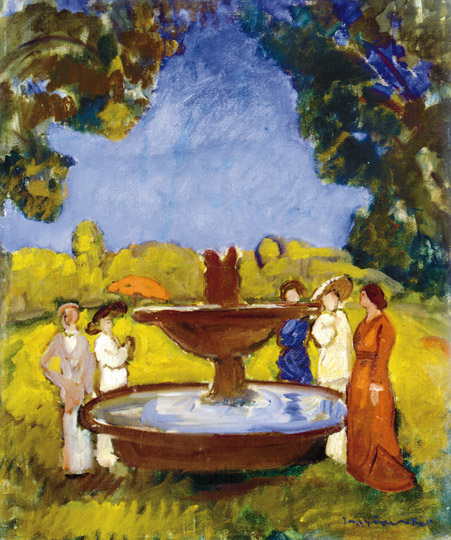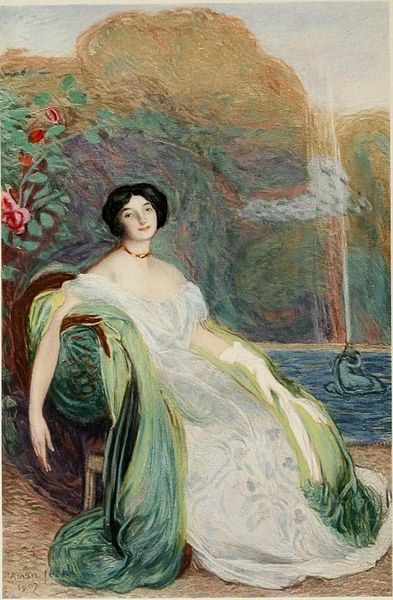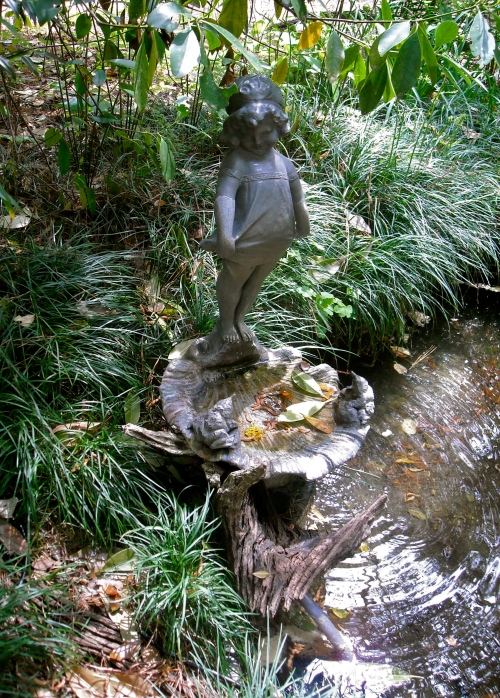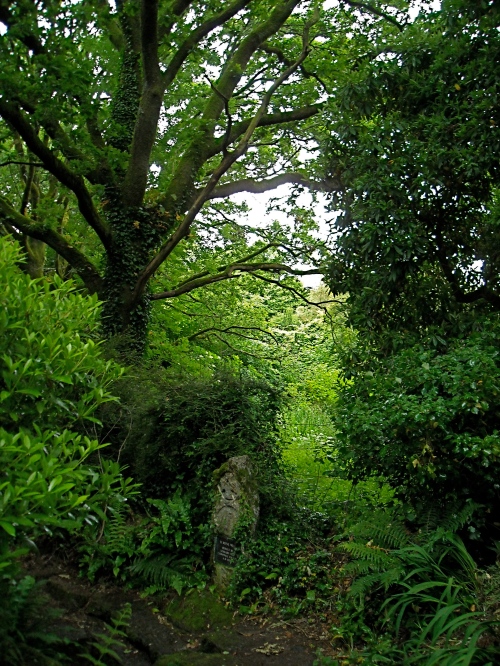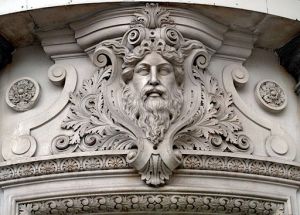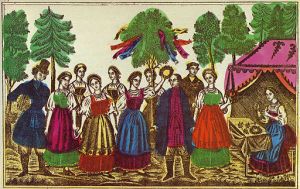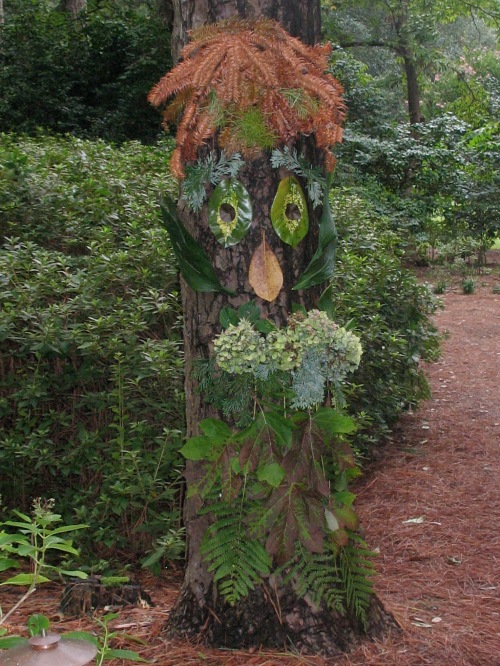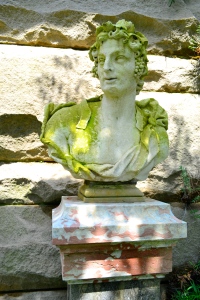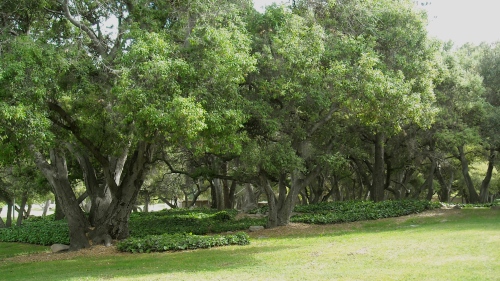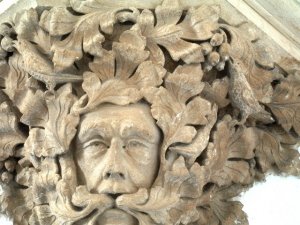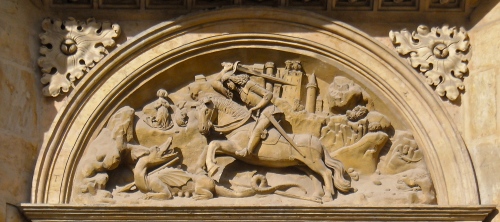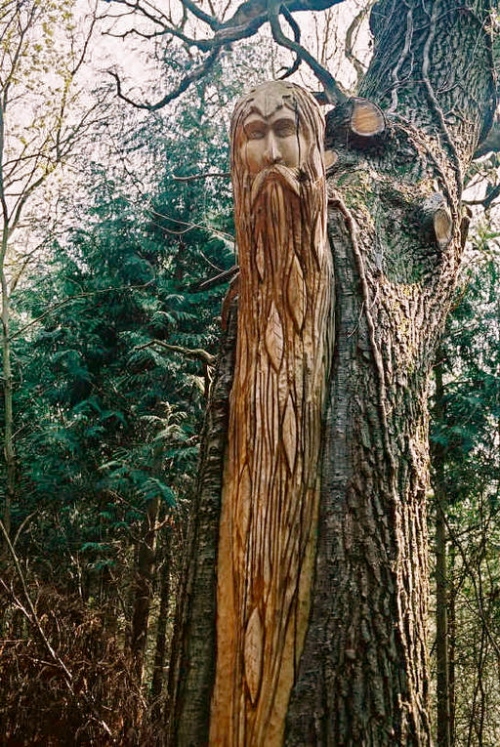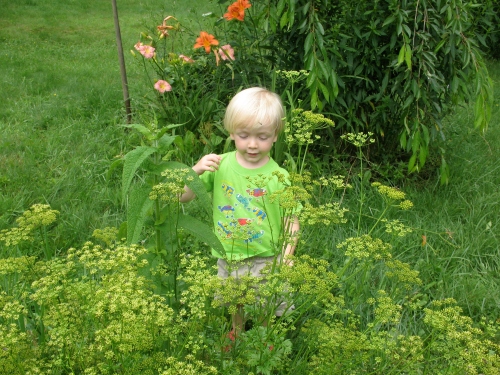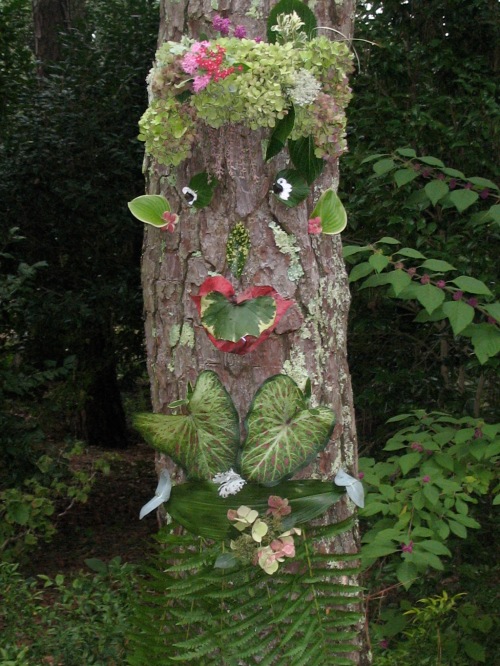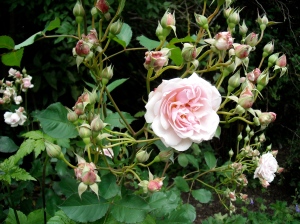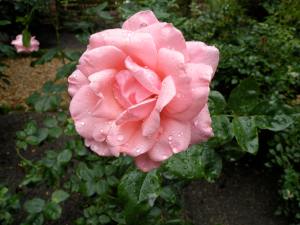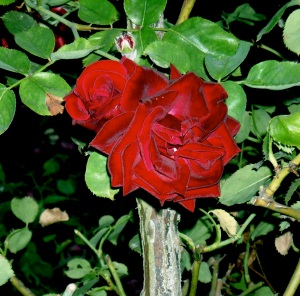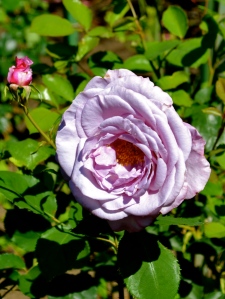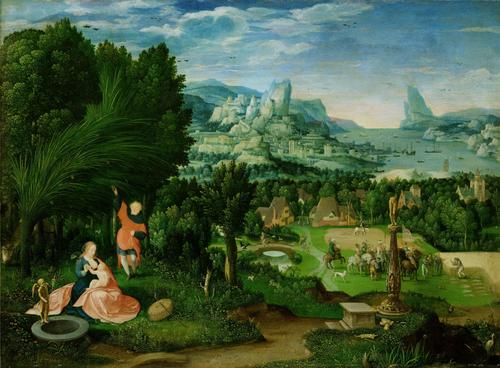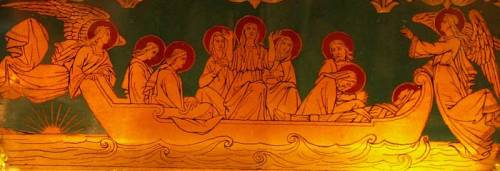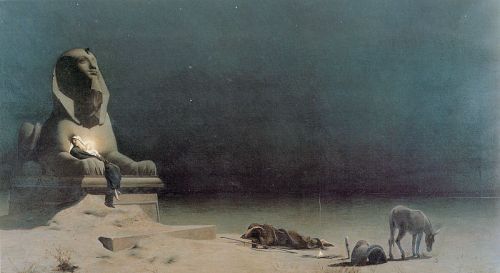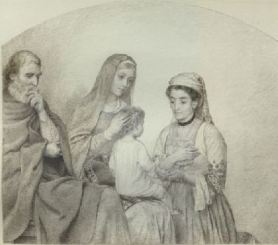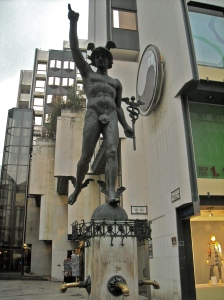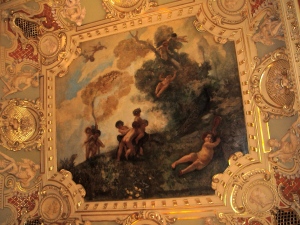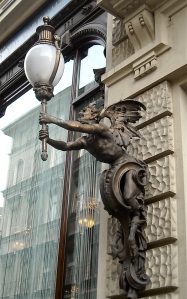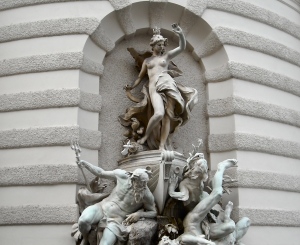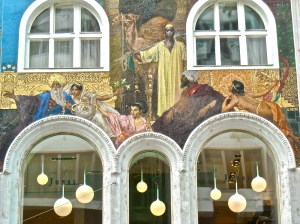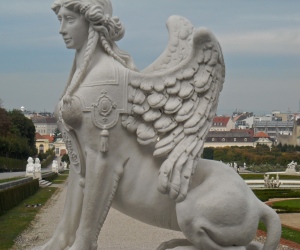“Don’t say, don’t say there is no water. That fountain is there among its scalloped green and gray stones, it is still there and always there.…” – Denise Levertov
Dear Readers,
I flipped on the radio the other morning and heard the voice of Orson Welles. No, I had not been transported back through the decades. It was an archival recording, and he was talking about the lure of the Fountain of Youth. At that moment, I knew what my next blog had to be about—the lore and poetry of fountains.
The Fountain of Youth is probably the most ubiquitous and best-recognized story about a magical fountain. Most school children in the U.S. learn, inaccurately as it happens, that the Spanish explorer, Ponce de Leon, was looking for that very thing when he landed in what is now Florida and supposedly thought he had located it there. That was the imagined history of his discovery as erroneously passed along by supposed historians writing not long after his death. The explorer himself never made any mention of such a motivation or such a find.
However, there is a landmark park in St. Augustine, Florida that promulgates the myth that the much-sought-after fountain was located there. But that claim seems to have been the invented by a lady entrepreneur nicknamed “Diamond Lil” who opened the park as a tourist attraction at the turn of the 20th Century, almost four hundred years after Ponce de Leon’s storied, but unsubstantiated find.
The Fountain of Youth myth is certainly a venerable one with many offshoots. The written references to it go back more than 2,000 years. Herodutus wrote about a legend that Alexander the Great, after conquering much of the known world of his time, was interested in finding a river with magical waters that could reverse the aging process. Alas for Alexander, he died of a fever at a very young age, never having found that river, nor ever having had the opportunity of experiencing old age.
Apparently the tale of such a miraculous fountain persisted because much later on, in the 12th Century in Europe, there were popular romances telling tales of a king named “Prester John” , who reportedly ruled over a kingdom wherein there was a river of gold and a Fountain of Youth. There still exist some art objects from the medieval period that display the theme, indicating that it continued to spark the imagination of artists and artesans for several hundred years more.
While the pursuit of unending youthfulness is still of primary interest for humans, most of us look to cosmetic surgery, exercise and diet these days. Still, the occasional trip to a spa, complete with a bath in a spring-fed pool, is a temporarily rejuvenating experience.
The words “fountain” and “spring “ have been nearly synonymous for a long, long time. It is only more recently that “fountain” seems reserved for a man-made artifice. The construction of what we would today call a “fountain” started out as the building of artificial structures directly over natural springs to provide pools or even ornate housing to contain the healing, soothing waters, which were perceived as being the province of a mythical being, usually a beautiful nymph, a muse or a goddess. The miracles of modern plumbing and electrical pumps allow for fountains to be located wherever one chooses, outdoors or in, and fountains now come in all sizes. Even desktop models are available. Whether a divine being resides within such artifices is a question I will leave up to you to decide.
Some springs or fountains that were meccas for health seekers in ancient times are just as attractive to modern day tourists. Some still evoke the mythological as well as the historical past. Most springs in ancient times were thought to be the dwelling places of an attendant nymph or even goddess. One of the most famous and enduring of these is at Bath in England, at the spring and pools of a goddess or goddesses, Sulis Minerva.
This spring was known for its curative powers even in the remote past when the spring welled up in a muddy, marshy area. The tradition of the original inhabitants of the area had it that a king’s son, stricken by leprosy, and reduced to the status of swineherd, noticed that when the pigs bathed in the mud, they were cured of ailments. He took the plunge himself and was also cured! The local sun goddess Sulis was credited for the healing properties of the waters. When the Romans arrived, they built an impressive Roman bath there, along with a temple dedicated to their goddess Minerva, Goddess of Wisdom.
Today this is a world heritage site where one can see the excavations of the Roman baths towered over by the Gothic cathedral built centuries later at that spot. Christians, no less than pagans, were attracted to the restorative waters of that place that their ancestors had found so significant, so the sense of a Divine presence is still honored there.
In the 18th Century, Bath became a fashionable retreat for the English upper crust and much of the graceful Georgian architecture built then still exists. In the Pump Room, described in the writings of Jane Austen, built above the ruins of the old Roman baths, there is a fountain from which one can drink a cup of the health-giving water, followed by a charming English high tea in that elegant high-ceiling ball room. And of course one can still swim in the mythic waters of the pools in the modern-day spa just a few blocks away.
One of the world’s most magnificent and mythologically decorated fountains is the Fountain of Trevi in Rome, adorned with many god and goddess figures. There is Oceanus in the middle, father of rivers, and to one side is a figure of the goddess Abundancia and on the other side is Salubria. So Abundance and Health are blessing the waters flowing there. In addition, there are horses called hippocamps, representing the ocean surf, one wild and one calm. Triton, son of Neptune, blows a trumpet. All this resides resplendent above a fountain that is fed by waters that were first brought to Rome in 19 B.C.E.
Legend tells us that a young woman guided the engineers to the water source some miles outside the town’s limits. From that source they built the Virgin Aqueduct that ended at the site of the fountain where three streets met. Such a spot would have been considered sacred to a very ancient goddess, Trivia (translated “three streets or roads”), who was originally the Greek goddess Hecate, goddess of triple crossroads. Thus arose the custom of tossing three coins in the fountain to ensure one’s return to Rome, or for luck, or for love.
Fountains , while they may be filled with health-enhancing mineral water, very good, pure drinking water or just ordinary tap water can also be works of art that inspire artists of all kinds. They are places for relaxation and contemplation, inviting to the casual and superficial glance of a passer-by, but also serving as sources for deeper meditation and inspiration. They adorn parks and plazas, patios and palaces the world over, spaces both grand and humble, public and private, and they may be ornate or very simple. Painters have painted them, and writers of both prose and poetry have extolled their qualities.
In searching for myths, stories or poems about fountains, I came across some essays written by students for a class project in which they were designng a fountain for their college campus. Here are some quotes from three of those papers:
From “Liquid Paths”, an essay by Sarah Allen
“There is something incredibly relaxing about the rhythmic yet not – rhythmic sound that falling water beats out in its chaos-driven path, falling down dips into itself, rolling and breaking over itself, swirling and spiraling with itself. In smaller, calmer trickles, the sounds are light and musical, reminiscent of flutes and small bells, or even of birdsong – high-pitched and twittering, wavering as the flow’s path.”
From: “The Inward Music”, an essay by Bryan Shepardson
“The nature of water in motion is musical. What ties the lowliest brook and the Fountains at Bellagio together are the rhythms, the tempos, the melodies and the harmonies that an observer senses. . .“
From: “Subtle Fountains”, an essay by Anna Sharpsten
“Subtle beauty is the key . . . That is my favorite type of beauty, something that has depth, but doesn’t baffle someone who can’t, or won’t, look beyond the surface.”
Poets have waxed eloquent about fountains. A search on poemhunter.com, key word “fountains” is very rewarding. Here are a few selections:
From Amy Lowell’s second collection, Sword Blades and Poppy Seed (1914) come these lines about a fountain.
In a Garden
Gushing from the mouths of stone men
To spread at ease under the sky
In granite-lipped basins,
Where iris dabble their feet
And rustle to a passing wind,
The water fills the garden with its rushing,
In the midst of the quiet of close-clipped lawns.
Damp smell the ferns in tunnels of stone,
Where trickle and plash the fountains,
Marble fountains, yellowed with much water.
Splashing down moss-tarnished steps
It falls, the water;
And the air is throbbing with it.
With its gurgling and running.
With its leaping, and deep, cool murmur…
Ir seems that the presence of a fountain, whether man-made or burbling spring, may lure us into a moment of attentive relaxation, allowing the imagination to spill over into conscious awareness, inviting the muses to murmur in our ears their sweet notes.
Then a special opportunity arises, as James Russell Lowell wrote in his poem entitled “The Fountain of Youth”. For we might, in a moment of grace, find in those waters that part of ourselves that is in fact always young and always innocent. Here is Verse VII of that lyrical poem:
‘Tis a woodland enchanted!
If you ask me, “Where is it?”
I can but make answer,
”Tis past my disclosing;’
Not to choice is it granted
By sure paths to visit
The still pool enclosing
Its blithe little dancer;
But in some day, the rarest
Of many Septembers,
When the pulses of air rest,
And all things lie dreaming
In drowsy haze steaming
From the wood’s glowing embers,
Then, sometimes, unheeding,
And asking not whither,
By a sweet inward leading
My feet are drawn thither,
And, looking with awe in the magical mirror,
I see through my tears,
Half doubtful of seeing,
The face unperverted,
The warm golden being
Of a child of five years;
And spite of the mists and the error.
And the days overcast,
Can feel that I walk undeserted,
But forever attended
By the glad heavens that bended
O’er the innocent past;
Toward fancy or truth
Doth the sweet vision win me?
Dare I think that I cast
In the fountain of youth
The fleeting reflection
Of some bygone perfection
That still lingers in me?
So as the days of late summer bring the heat and the haze, here’s hoping you will find some lovely fountain to inspire your soul and renew your spirit.
Carol
Sources:
http://www.mythforum.com/threads/mythical-fountains.1038/
http://people.clarkson.edu/~dvalenti/public/water.htm
http://poemhunter.com/poem/the-fountain-of-youth-5/
guardian.com/books/booksblog/2013/jul/29/poem-of-the-week-amy-lowell
Photos are either my own or from WikiMediaCommons
